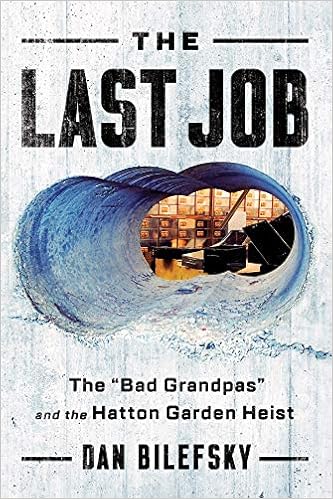W.W. Norton has released a pair of books that will whet the appetite of fans of literary biographies as well as true crime thrillers.
Colin Asher’s Never a Lovely So Real ($39.95) is the definitive biography of National Book Award-winning novelist Nelson Algren (The Man With the Golden Arm), whose career as a writer was stalled by a decades-long FBI investigation into his ties to the Communist Party, and ultimately subsumed by changing tastes in literature. In its starred review, Publishers Weekly calls the book “a generous, stylish portrait of an impulsive, directionless outsider who nonetheless established a place among the lions of mid-twentieth century American literature”.
 Noted fans of Algren’s include Don DeLillo, whom Algren mentored, and Russell Banks; he was friends with Richard Wright and had a long affair with Simone de Beauvoir. CUNY literature instructor Colin Asher’s close reading of Algren’s work, and his access to Algren’s FBI file, allow him to reconstruct in vivid detail Algren’s life, from his Depression-era struggles to his Army service to his sudden fame and then his struggles late in his life. A fascinating glimpse into the world of a writer who deserves to be remembered and re-read by new generations of readers.
Noted fans of Algren’s include Don DeLillo, whom Algren mentored, and Russell Banks; he was friends with Richard Wright and had a long affair with Simone de Beauvoir. CUNY literature instructor Colin Asher’s close reading of Algren’s work, and his access to Algren’s FBI file, allow him to reconstruct in vivid detail Algren’s life, from his Depression-era struggles to his Army service to his sudden fame and then his struggles late in his life. A fascinating glimpse into the world of a writer who deserves to be remembered and re-read by new generations of readers.
In The Last Job: The “Bad Grandpas” and the Hatton Garden Heist, ($26.95), New York Times reporter Dan Bilefsky’s offers a riveting account of the biggest bank heist in the U.K. since the Great Train Robbery. Over Easter weekend 2015, a motley crew of six English thieves, several in their sixties and seventies, couldn’t resist coming out of retirement for one last career-topping heist. Their target: the Hatton Garden Safe Deposit, in the heart of London’s medieval diamond district.

Perhaps not the smoothest of criminals—one took a public bus to the scene of the crime; another read Forensics for Dummies in hopes he would learn how to avoid getting caught—they planned the job over fish and chips at their favorite pubs. They were cantankerous and coarse, dubbed the “Bad Grandpas” by British tabloids, and were often as likely to complain about one another as the current state of the country. Still, these analog thieves in a digital age managed to disable a high-security alarm system and drill through twenty inches of reinforced concrete, walking away with a stunning haul of at least $19 million in jewels, gold, diamonds, family heirlooms, and cash.

